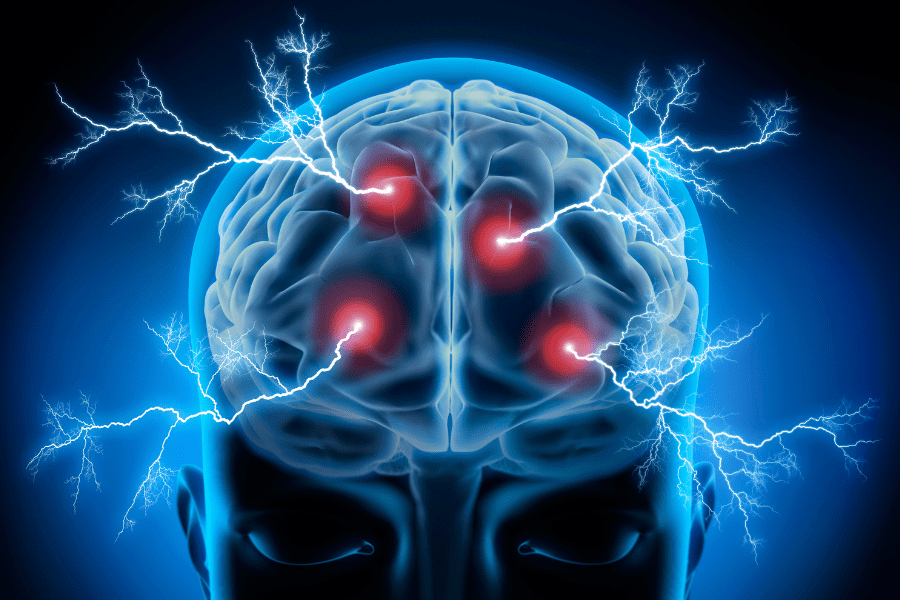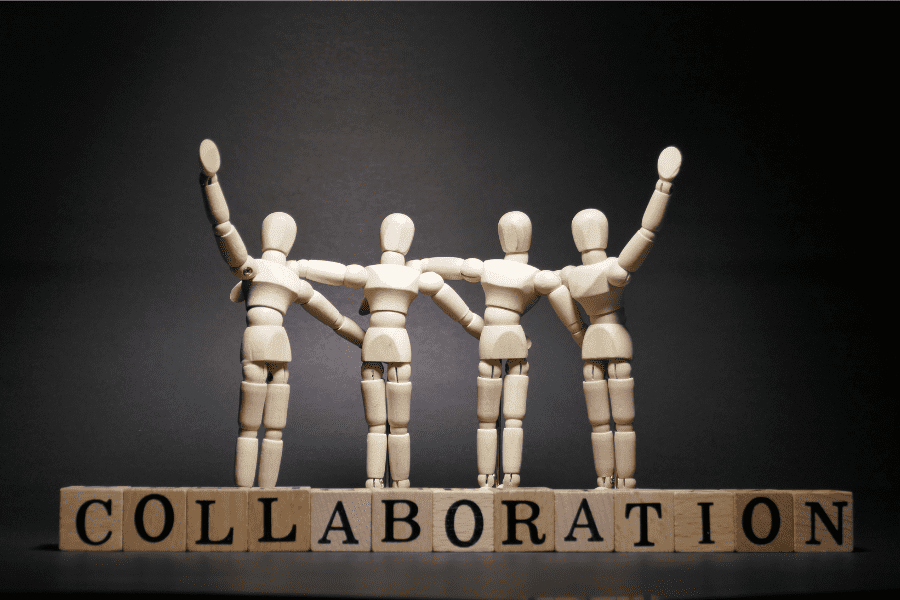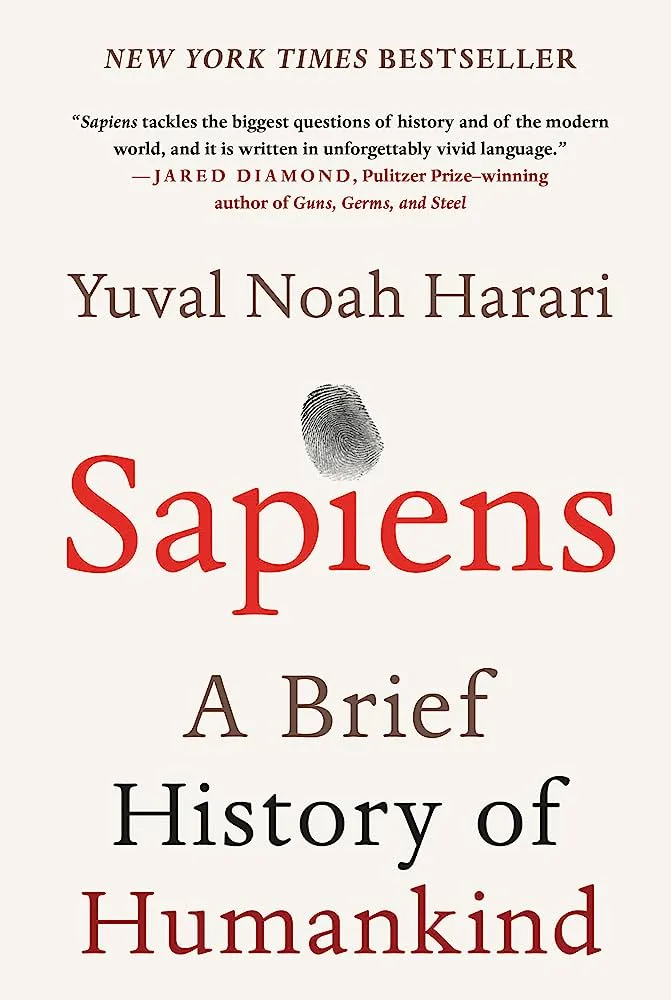Table of Contents
Hello everyone! Today, we’re embarking on an intriguing journey through the lens of evolutionary biology, exploring why humans have made such incredible advances in technology and society compared to our animal counterparts. This exploration isn’t about deeming one species superior to another; instead, it’s about delving into the unique paths of evolution and development that have led us to where we are. Let’s unravel these eight key reasons, backed by evolutionary biology, with clear examples and a friendly approach, to understand the distinct trajectory of human progress.
1. Evolutionary Biology: The Power of the Human Brain

The human brain is an extraordinary organ, unparalleled in the animal kingdom. This part of our anatomy not only distinguishes us from other animals but has been pivotal in our journey towards advanced technology and complex societal structures. Let’s delve into this in more detail, exploring the facets that make the human brain unique.
1.1 Advanced Cognitive Abilities
Our brain’s capacity for complex thought processes far exceeds that of any other species. This is evident in our ability to engage in abstract thinking – the kind of thought that goes beyond the tangible and immediate. For instance, while a dolphin can learn and respond to commands, it doesn’t ponder abstract concepts like justice, love, or time. Humans, on the other hand, not only think about these abstract concepts but have built entire fields of study around them, like philosophy and science.
1.2 Language and Communication
Language is one of the most significant developments of the human brain. Our ability to form intricate sentences and communicate complex ideas is unmatched. Consider the linguistic difference between a human and, say, a primate like a gorilla. While gorillas can learn sign language to a limited extent, they cannot grasp or convey the depth and complexity of ideas that humans can through spoken and written language. This communication ability has been crucial in passing down knowledge from generation to generation, leading to cumulative cultural and technological growth.
1.3 Problem-Solving and Innovation
Humans excel in problem-solving skills, which is a direct result of our brain’s advanced functioning. For example, early humans invented tools like the wheel or lever to solve practical problems, an ability that animals do not possess. This ingenuity has evolved over centuries into creating complex technologies like computers and spacecraft.
1.4 Memory and Learning
The human brain’s capacity for memory and learning is also extraordinary. We can not only remember a vast amount of information but also draw on that information to learn new skills or adapt to new situations. Take, for instance, the way children learn languages. They absorb and use grammatical structures and vocabulary at an astonishing rate, a feat that is not paralleled in the animal kingdom.
1.5 Emotional Intelligence and Empathy
Our brains are also wired for a high degree of emotional intelligence and empathy. We can understand and share the feelings of others, which is fundamental in building complex social structures. This emotional depth allows for the development of ethics, morality, and laws, which are essential components of human societies. Animals, while capable of basic emotions, do not exhibit the same level of emotional complexity and moral reasoning.
In conclusion, the power of the human brain lies in its advanced cognitive abilities, sophisticated language and communication, exceptional problem-solving and innovation, remarkable memory and learning capabilities, and profound emotional intelligence and empathy. These aspects have not only set us apart from other animals but have also been the driving forces behind our extraordinary technological and societal advancements.
2. The Evolutionary Role of Thumbs and Tools

The role of our hands, particularly our opposable thumbs, in human advancement cannot be overstated. This section delves deeper into how our unique manual dexterity has been a key driver in our technological evolution, setting us apart from the animal kingdom.
2.1 The Evolution of the Opposable Thumb
Our opposable thumbs, a trait we share with some primates, allow us to grip and manipulate objects with remarkable precision. This adaptation is thought to have initially evolved to help our ancestors climb and grasp objects. However, over time, it became instrumental in tool use and creation. Consider the difference between a chimpanzee using a stick to fish for termites and a human using a screwdriver. Both are using tools, but the precision and complexity of the tasks we can perform with tools like screwdrivers are vastly more sophisticated.
2.2 Fine Motor Skills and Tool Making
Human hands are capable of extremely fine motor skills, a crucial aspect of our ability to create and use complex tools. Early humans started with simple tools like sharpened stones and gradually progressed to crafting intricate objects like needles and delicate jewelry. This evolution of tool-making required not only intelligence but also the precise control of our fingers, facilitated by our fine motor skills.
2.3 The Impact on Civilization
The development of tools has had a profound impact on human civilization. Tools allowed our ancestors to hunt more effectively, create shelters, cultivate land, and eventually build societies. For instance, the invention of the plow revolutionized agriculture, which in turn changed human settlements and social structures. This level of advancement in tool-making and usage is unparalleled in the animal world.
2.4 Art and Expression
Our hands are not just for survival and practicality; they also allow us to express ourselves artistically. From the cave paintings of our ancestors to modern sculptures and intricate musical instruments, the ability to create art is a uniquely human trait, heavily reliant on our manual dexterity. Animals, while capable of some level of tool use and even ‘artistic’ behaviors (like a bowerbird creating elaborate structures), do not demonstrate the same level of intention and complexity in artistry.
2.5 Technological Advancements and Modern Tools
As human society has evolved, so have our tools. Today, we see the culmination of our manual skills in technologies ranging from smartphones to surgical equipment. The precision of our hand movements allows for operations like heart surgery or the creation of microchips, tasks that require an incredibly high level of dexterity and control.
In summary, our thumbs and the associated fine motor skills have been fundamental in our journey from basic tool use to the creation of complex technologies and art forms. This ability has not only been crucial for our survival and development but has also been a defining characteristic of what makes us human and distinctly different from other animals in our relationship with tools and technology.
3. Social Collaboration in Human Evolution

Social collaboration is a cornerstone of human advancement, deeply rooted in our evolution and distinctly different from the cooperative behaviors observed in other animals. This section explores in depth how our unique social structures and collaborative skills have propelled us toward complex societies and technological innovation.
3.1 The Evolution of Human Cooperation
Human cooperation has evolved from simple group activities for survival, like hunting and gathering, to intricate societal structures. Early humans quickly realized that working together increased their chances of survival. This cooperation is more than just being in a group; it involves complex planning, sharing of knowledge, and division of labor. For example, in a hunter-gatherer society, while some members hunted, others gathered, and yet others took care of children, each role was vital and required coordination and cooperation.
3.2 Language and Collaborative Planning
One of the critical aspects of social collaboration is our ability to communicate complex ideas and plans. This ability goes beyond the basic communication seen in animals, like bees dancing to indicate the direction of food. Humans can articulate detailed strategies, negotiate, and persuade. For instance, constructing a building involves architects, engineers, and workers, all communicating and collaborating to bring a plan to life.
3.3 Building Societies
Our advanced social collaboration has enabled us to build societies with laws, governance, and culture. This is seen in how ancient civilizations, like the Egyptians and Romans, organized themselves. Their ability to work together on large projects, like building pyramids or aqueducts, showcases an advanced level of cooperation not seen in other species.
3.4 The Role of Empathy and Altruism
Empathy and altruism play significant roles in human collaboration. Unlike most animals, humans often help each other with no immediate benefit to themselves. This selflessness can be seen in acts like donating to charity, volunteering for community service, or even simple everyday acts of kindness. This empathy and altruism strengthen social bonds and facilitate greater societal collaboration.
3.5 The Power of Collective Intelligence
Humans don’t just collaborate on physical tasks; we also share and build upon each other’s knowledge, a concept known as collective intelligence. This is evident in academic and scientific fields, where researchers build upon the work of others. For example, the development of the COVID-19 vaccine was a result of global collaboration and shared scientific research.
In conclusion, social collaboration in humans is a complex, multifaceted phenomenon that has played a critical role in our evolution and continues to drive our progress. It encompasses advanced communication, shared goals, empathy, and collective intelligence, all of which are far more developed than any form of cooperation observed in the animal kingdom. This unique ability to work together has been fundamental in building our societies and advancing our technologies, setting us apart as a species.
Discover More
As we wrap up our journey through the hidden layers of the internet, it’s clear that the digital world is vast and full of mysteries. But the exploration doesn’t have to stop here! If you’re intrigued by the complexities of the internet, you might also enjoy delving into these related topics
Exploring Keyboard Layouts: A Journey Beyond QWERTY – ReViewMaster DEN (rvmden.com)




